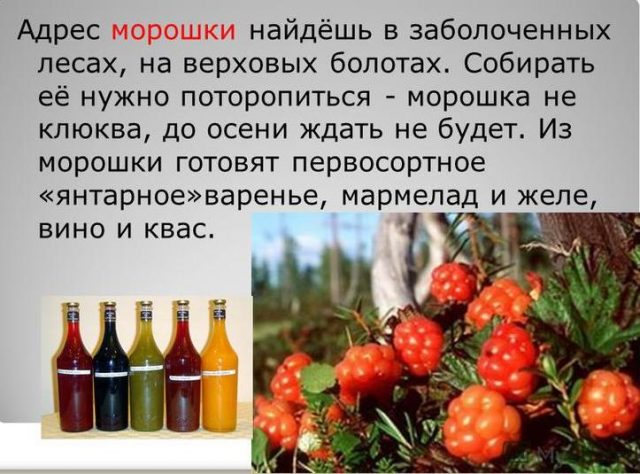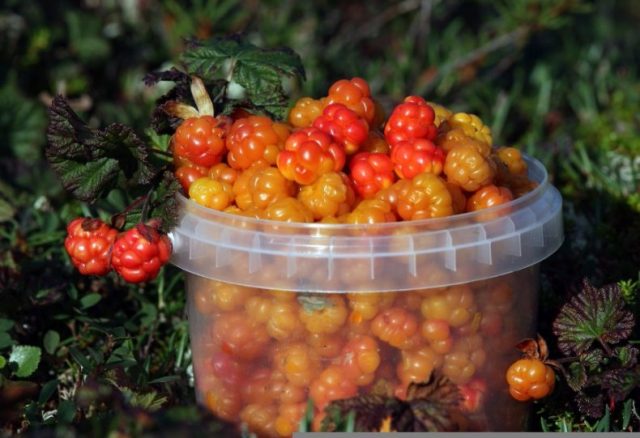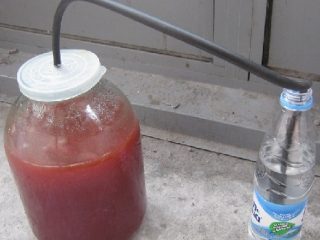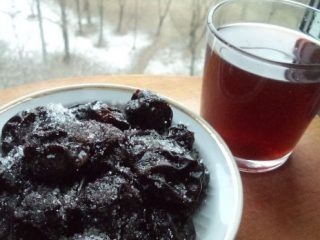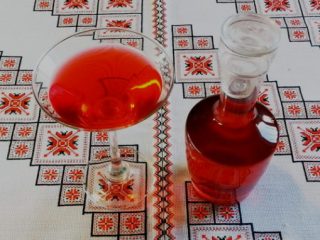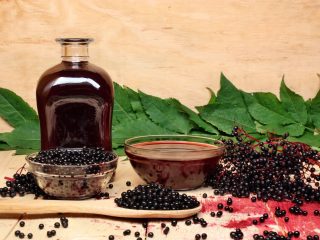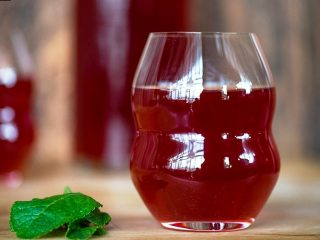Content
The production of homemade alcoholic beverages is popular, since at home an experienced person can prepare a drink both in taste and in quality that is much higher than store-bought analogues. Wine is prepared from various berries and fruits, including cloudberries. Homemade cloudberry wine has a special taste and unique properties.
How to make cloudberry wine
In order for cloudberry wine to be truly tasty and healthy, first of all, you need to select the right ingredients and prepare them for the process of making wine. To begin, you need to sort out the berries. It is not advisable to use diseased berries for wine. In this case, the integrity of the berry is unimportant. Crumpled cloudberries are also suitable for wine. It is imperative that it be of maximum ripeness. Otherwise, the wine will be too sour and not enjoyable. Only ripe fruits can ensure a sufficient fermentation process and give the drink a characteristic aroma.
Experts and experienced winemakers often advise not to wash cloudberries, since there is natural yeast on the peel. They will help ensure the proper level of fermentation.
Wine can be made either using yeast or without adding it. It all depends on the personal preferences of the winemaker and the chosen recipe.
For infusion, you need to select either glass or wooden containers.Among other things, you should understand that the process of making wine takes more than one day. Full ripening can take up to a year or more. It all depends on the desired result.
Traditional cloudberry wine recipe
To prepare wine you will need the following ingredients:
- ripe cloudberries - 5 kg;
- 3 liters of water, preferably purified;
- 1 kg of sugar, preferably white.
This recipe does not involve the use of yeast, so you don’t have to wash the cloudberries. The cooking algorithm is simple:
- Mash the cloudberries in any way until smooth.
- Place the resulting mass in an enamel container. The neck should be wide.
- Add water and 300 g sugar.
- Cover with gauze and place in a dark room.
- Stir every 12 hours. In this case, it is necessary to drown the thick masses that float to the surface. If the fermentation process has begun, this should be clear within the first 24 hours by characteristic signs: the appearance of foam, hissing, and a sour smell.
- After 3 days, strain and squeeze. Any remaining wort can be discarded.
- Pour the resulting juice into a container with a narrow neck, in which the fermentation process itself will take place. Do not fill the container to the top.
- Add 300 g of sugar and stir with a wooden spatula.
- Place a water seal on the neck or wear a glove with a pierced finger.
- Place the container of wine in a dark room with a temperature of at least 18 °C.
- After another 6 days, add the remaining sugar.
- Wait until fermentation ends, usually 40 days is enough.
- After the process is completed, it is necessary to pour the wine into the container in which it will be stored.
- Seal the container hermetically, preferably with a wooden stopper.
- Transfer to a cellar or other dark place for storage and maturation.
- After six months you can bottle it and close it.During this time, it is necessary to regularly filter it through a straw and thus get rid of excess sediment.
If it is necessary to add strength, this is done at the stage of draining the young wine. To do this you need to add either alcohol or sugar. In the case of sugar, you need to put on the glove again and let the wine ferment.
Homemade cloudberry wine with the addition of wine yeast
Often the fermentation process does not activate on its own. Therefore, in this case, a recipe using yeast is considered reliable.
The ingredients are:
- wine yeast - according to instructions;
- cloudberries - 3 kg;
- water - 2 l;
- sugar - 1.5 kg.
The algorithm for making wine in this case is simple:
- Sort the berries, wash and crush with a wooden rolling pin until smooth.
- Then squeeze out the pulp and throw it away.
- Pour in water, add sugar and yeast.
- Pour into a fermentation container, put on a glove and put in a dark place for 1 month.
- After a month, separate the young wine from the sediment and bottle it.
- Place the bottles in a dark place for 14 days to age the wine.
- Aging the wine, removing sediment from it, for six months.
A properly prepared drink has a unique aroma and taste, which is popular among wine connoisseurs.
Rules for storing cloudberry wine
Storing wine at home is easy. There are 4 basic rules that must be followed:
- Constant temperature mode. Wine does not like temperature changes. At high values, the drink begins to age. This spoils the taste and freshness of the drink. If the values are too low, the wine becomes cloudy. Homemade wine is stored at a temperature of 10–12 °C. Strong wine - 14–16 °C.
- Humidity. The optimal humidity for storing the drink ranges from 65–80%.
- Lighting. No wonder expensive wines are stored in dark bottles. Light reduces the shelf life and quality of the drink.
- Horizontal position. It is advisable to store bottles horizontally in special racks. Do not shake or turn the bottle over unnecessarily to prevent the drink from darkening.
If all storage rules are followed, the drink will retain its taste, aroma and will provide pleasure in consumption for true connoisseurs of wine drinks. If the bottle lies motionless at the right temperature and is not uncorked, then it can be stored indefinitely.
Conclusion
Cloudberry wine has not only a unique taste, but also beneficial properties. If you make it with a strength of 8–12°, you will end up with a wonderful drink for both yourself and your guests. It can be prepared using either natural yeast or classic wine yeast. The fermentation and preparation process is no different from classic grape wine. Therefore, the drink is accessible to both experienced winemakers and beginners.
